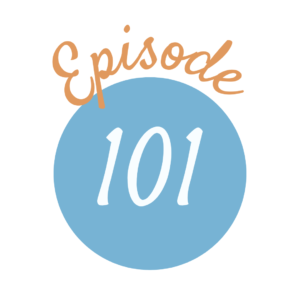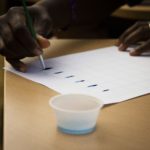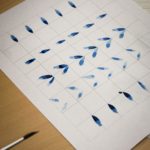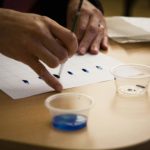
“And now the boy will probably leave the home schoolroom for the Preparatory School, either day or boarding, and, as I am dealing with the early training of children, I will not follow the time-tables of the home schoolroom through Classes III. (eleven to fourteen or fifteen) and IV. (fourteen to sixteen or seventeen). Must the entrance to the Preparatory School mean the abandonment of many of these subjects, and the teaching on quite other lines? I do not believe that this is in any way necessary. I have not been dealing with any special system nor advocating any special fad. I have tried to lay down certain more or less accepted educational principles, and have tried to show how these should be carried out from infancy up to the home schoolroom, and thence up to the Preparatory School. These principles are briefly the furnishing of the mind with living ideas on which to grow and develop, instead of trusting to the memory to assimilate only a daily pabulum of facts; the offering of opportunity to the mind to exercise itself in various directions, the formation of good habits which will go towards the building up of character, and the belief in the intrinsic interest to furnish the necessary stimulus for learning.” (“Liberal Education” PR Article)
“Many Preparatory Schoolmasters are shortening the hours of work, and are including in their curriculum nature lore, handicrafts, art teaching, and better methods of language teaching. Some only are making use of the books recommended in the programmes of the Parents’ Union School and enrolling themselves on the P.N.E.U School Register. [For particulars of the Parents’ Union School apply to Miss Mason, House of Education, Ambleside.] That the reform is not more rapid, is, I believe, due to the fact that such methods of teaching are not calculated to inspire confidence in the parents, who may not have had the opportunity of studying educational problems. More showy and more direct results are often demanded, and hence the true educationalist is hampered.” (“Liberal Education” PR Article)
“We cannot, moreover, hope for satisfactory results in the four years, which the boys usually spend at their Preparatory School, unless the ground has been well prepared, and not in a slovenly, amateurish manner. Just as the best teachers are required in the bottom of the school, so parents must prepare themselves for the training of character, the formation of habits, and the inspiration of ideas, and must be willing to seek out and to pay adequately nurses and governesses who are trained to cope with the real needs of the children. We have almost forgotten the days when through ignorance of the laws of health the children’s bodies were under-nourished and otherwise neglected. We may hope that the days are also rapidly passing away when “lessons at home with a governess” means mind and soul starvation. With reform in the foundation, we may hope for some reform and progress all the way up the educational ladder.” (“Home Training” PNEU Pamphlet)
“We are astonished to read of the great irrigation works accomplished by the people of Mexico before Cortes introduced them to our eastern world. We are surprised to find that the literature and art of ancient China are things to be taken seriously. It is worth while to consider why this sort of naive surprise awakes in us when we hear of a nation that has not come under the influence of western civilization competing with us on our own lines. The reason is, perhaps, that we regard a person as a product.” (“Children are Born Persons,” PNEU Pamphlet)
“Let him know what other nations were doing while we at home were doing thus and thus. If he come to think…that the people of some other land were, at one time, at any rate, better than we, why, so much the better for him.” (Vol. 1, p. 281)
“Our knowledge of history should give us something more than impressions and opinions.” (Vol. 6, p. 171)
“We introduce children as early as possible to the contemporary history of other countries as the study of English history alone is apt to lead to a certain insular and arrogant habit of mind.” (Vol. 6, p. 175)
An Essay Towards a Philosophy of Education (Volume 6), Book II, Chapter 2
A Liberal Education in Secondary Schools, Parents’ Review Article
The Home Training of Children, Parents’ Review Article
Episode 80: Charlotte Mason through High School
Episode 48: Writing: Copywork, Dictation, and Written Narration
Subjects by Form











